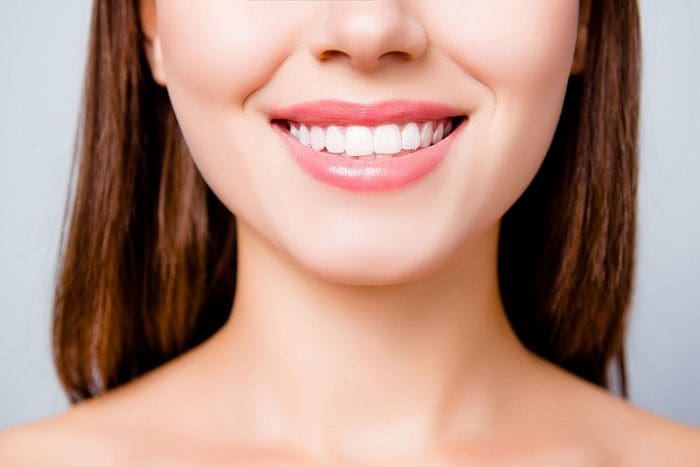Many people value a pearly white smile. But your tooth color can change over time in a number of ways. You might see dark stains on your teeth, yellowing, or dullness in your smile.
With help from your dentist, you can brighten your tooth color with cosmetic dental treatment. But the treatment plan that your dentist will employ will depend on the type of stains you develop on your teeth.
The dentist can evaluate your unique smile and form a plan to whiten your smile accordingly during a dental consultation. You can also read on to learn more about these different types of tooth discoloration and how your dentist can treat each one.

Extrinsic Tooth Discoloration
Your usual oral hygiene regimen, brushing your teeth and flossing, can remove some surface stains from your teeth. But discoloration can accrue within the enamel, the outer layer of your teeth. Stains that form toward the top of this enamel but deep enough so that your toothbrush cannot reach are known as extrinsic dental discoloration.
Extrinsic stains usually form due to the consumption of items that contain staining agents. For instance, dark-colored foods and beverages get their color from tannins. Tannins will transfer to the enamel and absorb into the teeth as you eat or drink these types of items.
Examples include red wine, coffee, tea, and tobacco products. Pay attention to your smile when you consume these items. While you can make some efforts to lower your risk of forming these stains from these substances, you cannot eliminate the chances entirely.
To remove this type of discoloration, your dentist can recommend professional teeth whitening. This treatment involves applying a bleaching gel to the teeth that will lift these stains so that they can easily scrub or wash away. A dentist can perform this in their office or offer custom take-home trays to gradually brighten your smile in your own time.
Intrinsic Dental Stains
Intrinsic tooth discoloration refers to another type of dental stain that forms deeper in the enamel than extrinsic stains. These stains often form due to factors outside of a patient’s control, like aging or medication side effects.
Bleaching gel cannot reach intrinsic tooth stains. So your dentist will need to employ other cosmetic dental treatments to brighten your smile. They can use porcelain veneers to cover this type of discoloration and make your teeth appear whiter.
Dentists build veneers on a custom basis for each patient so that these shells that attach to the teeth look both gorgeous and natural in the smile. They adhere using bonding for a durable finish that can last for fifteen years. The caps also resist staining for long-lasting smile enhancement, especially in regard to tooth color.
Consult with your cosmetic dentist to learn which type of stains you have on your teeth. Your treatment to boost your tooth color will depend on this evaluation. Learn more by scheduling a dentist appointment today.
